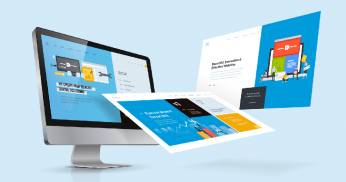The world craves minimalism.
So much so, that whichever aspect of our lives you look at – whether it is the lifestyles we lead, homes we live in, or the products we consume – minimalism is present in every facet.
Even the smartphones in our pocket prove that minimalist design has more than caught on.
Why Minimalism?
Often confused with simplicity, the concept of minimalism entails reducing all elements to only include those that are essential.
This means that while minimalism is simple, simplicity, or using simple forms, does not necessarily translate to minimalism.
In the world of design, minimalism is used to directly convey the message without the unnecessary noise and obstruction of focus due to other distracting elements.
Seeing the benefits of using minimalism to swiftly and effectively convey the message, the minimalist approach has taken root in many branches of design.
From painting and sculptures to digital product design and web design, minimalism has managed to root itself and understandably so.
Designed with minimalism in mind, digital products and web designs are no less impressive.
Apple’s brand is one of the best examples of having a minimalist approach in mind when designing products.
The design itself is clean and sleek, and it puts an accent on every aspect of customer experience – from the first moment you hold an iPhone packaging in your hand, peeling off the foil of your screen, to finally using the smartphone.
Minimalist designs are visually appealing and user-friendly, so it’s really not surprising that so many businesses prefer to have a minimalist web design, as it helps them boost their company’s bottom line.
Taking Minimalist Approach to Web Design
Your company’s website is the best business card you have.
It tells your customers all they need to know about your business – from where to find you to what the business is all about.
Read more: 3 Tips to Master a Minimalist Web Design








